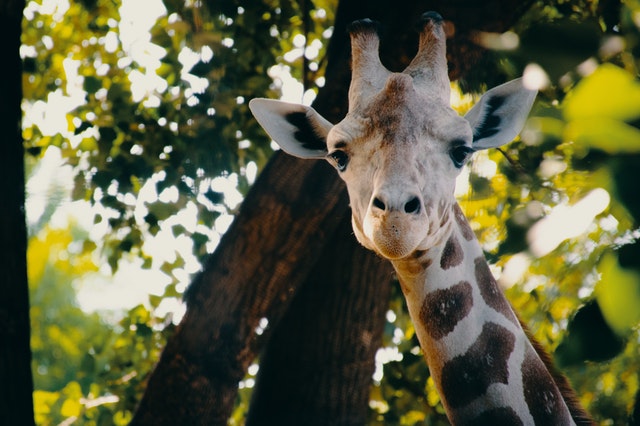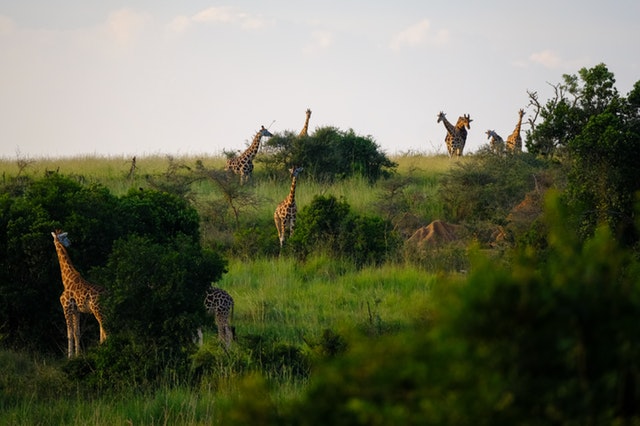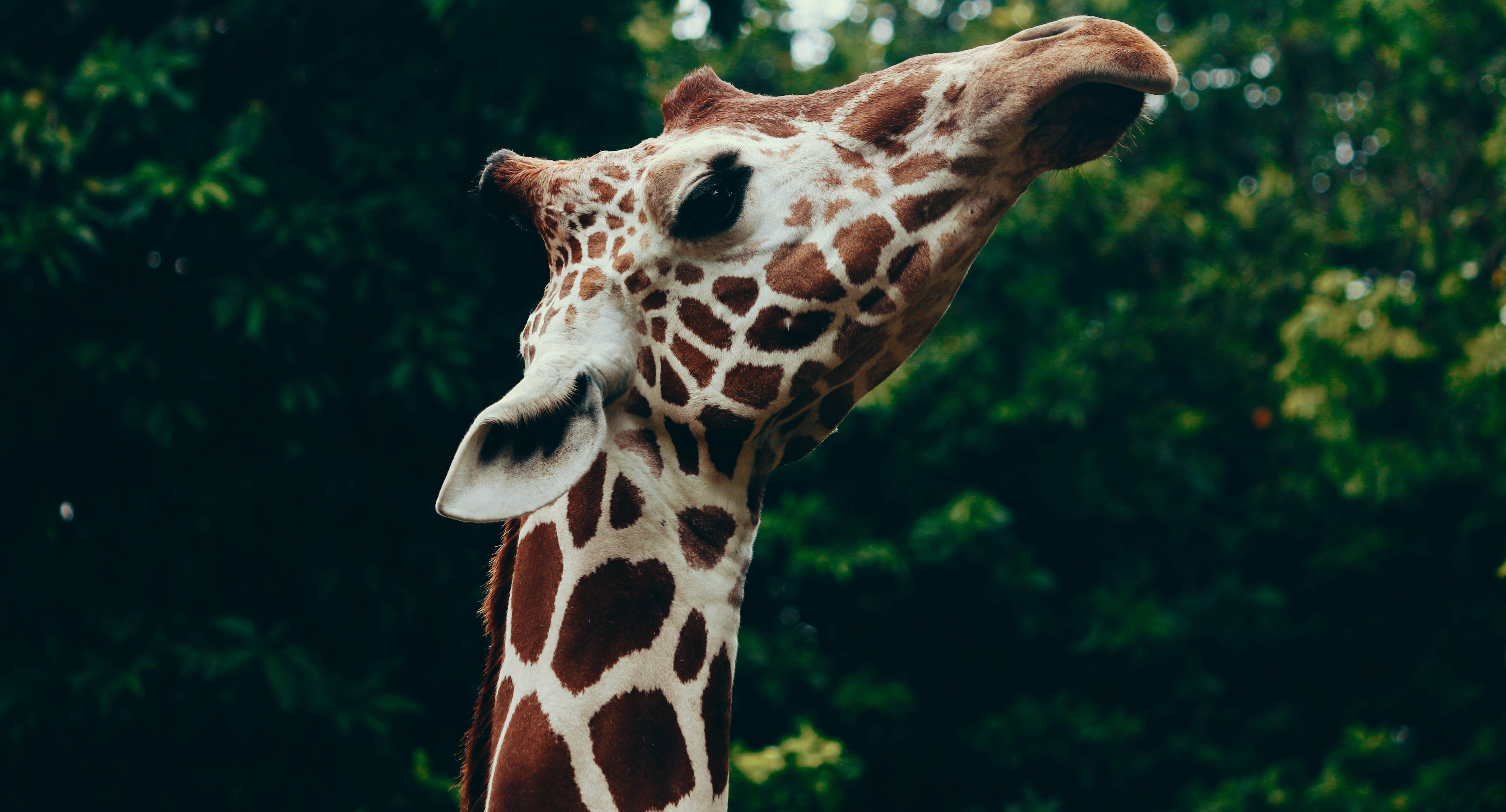The Giraffe: Basic Facts
The giraffe (Giraffa) is a genus of African even-toed ungulate mammals, the tallest living terrestrial animals and the largest ruminants. The genus currently consists of one species, Giraffa camelopardalis, the type species. Seven other species are extinct, prehistoric species known from fossils.
Taxonomic classifications of one to eight extant giraffe species have been described, based upon research into the mitochondrial and nuclear DNA, as well as morphological measurements of Giraffa, but the IUCN currently recognises only one species with nine subspecies.

The giraffe's chief distinguishing characteristics are its extremely long neck and legs, its horn-like ossicones, and its distinctive coat patterns. It is classified under the family Giraffidae, along with its closest extant relative, the okapi. Its scattered range extends from Chad in the north to South Africa in the south, and from Niger in the west to Somalia in the east.
Giraffes usually inhabit savannahs and woodlands. Their food source is leaves, fruits and flowers of woody plants, primarily acacia species, which they browse at heights most other herbivores cannot reach. They may be preyed on by lions, leopards, spotted hyenas and African wild dogs. Giraffes live in herds of related females and their offspring, or bachelor herds of unrelated adult males, but are gregarious and may gather in large aggregations. Males establish social hierarchies through "necking", which are combat bouts where the neck is used as a weapon.

The giraffe has intrigued various cultures, both ancient and modern, for its peculiar appearance, and has often been featured in paintings, books, and cartoons. It is classified by the International Union for Conservation of Nature as Vulnerable to extinction, and has been extirpated from many parts of its former range. Giraffes are still found in numerous national parks and game reserves but estimations as of 2016 indicate that there are approximately 97,500 members of Giraffa in the wild, with around 1,144 in captivity.
Etymology
The name "giraffe" has its earliest known origins in the Arabic word zarāfah (زرافة) perhaps borrowed from the animal's Somali name geri. The Arab name is translated as "fast-walker". There were several Middle English spellings, such as jarraf, ziraph, and gerfauntz. The Italian form giraffa arose in the 1590s.
The modern English form developed around 1600 from the French girafe. "Camelopard" is an archaic English name for the giraffe deriving from the Ancient Greek for camel and leopard, referring to its camel-like shape and its leopard-like colouring.
